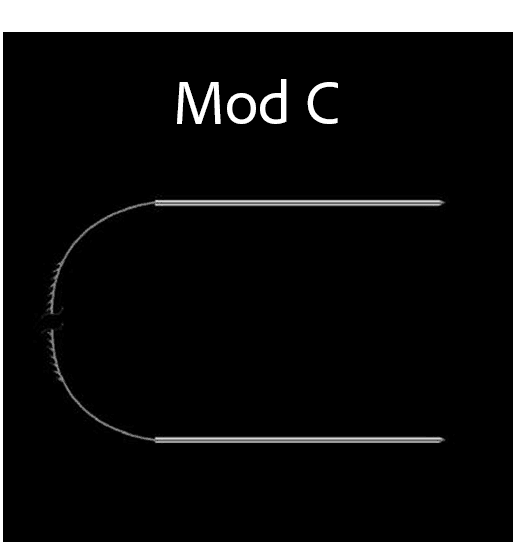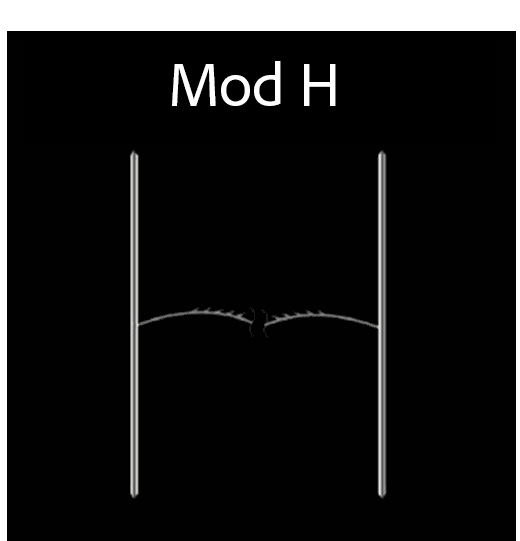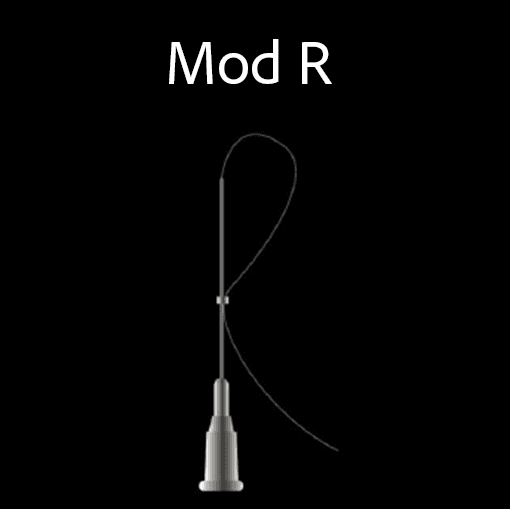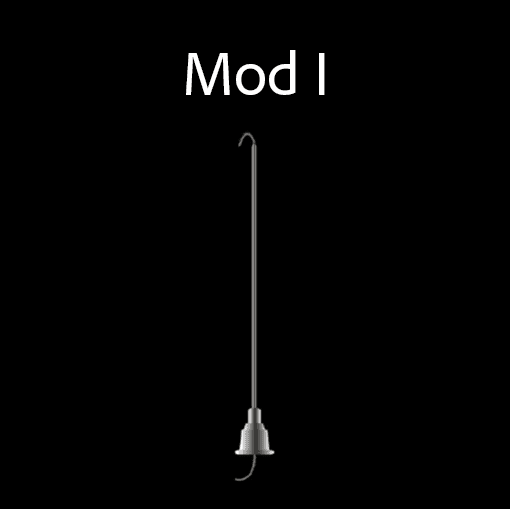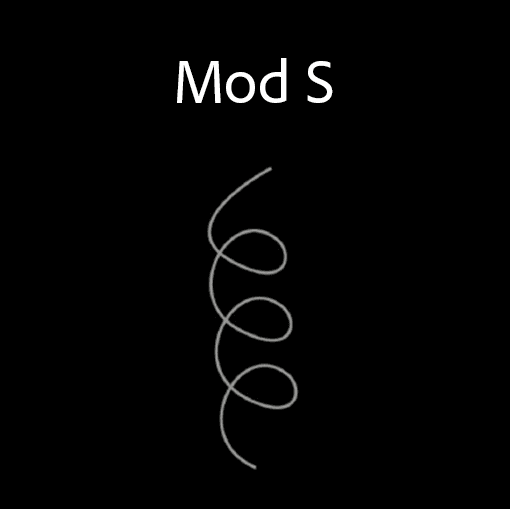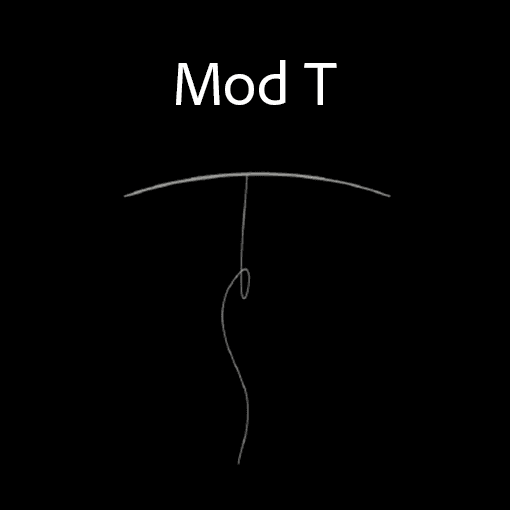Innovative Thread Implantation Technology
Gruzdev Trend represents a breakthrough in aesthetic medicine, offering innovative thread implantation solutions. Our threads are crafted from a unique copolymer composition (75% L-lactide and 25% ε-caprolactone), providing optimal tissue compatibility and sustained effectiveness. This advanced technology enables precise facial and body contouring, with results that harmoniously combine immediate improvement and progressive enhancement.
The 75/25 ratio of PLA + PLC delivers a visible lifting and firming effect while simultaneously improving skin quality.
The product line includes all thread types and configurations for lifting, reinforcement, contouring, and biostimulation of facial and body soft tissues.
The threads' composition and structure ensure optimal anchorage in tissues with minimal trauma during implantation.
GT Threads are made from biocompatible materials that do not cause allergic reactions or provoke rejection by the body.
The exceptional quality of GT Threads combined with specialized implantation techniques provides results that can last for several years.
Threads and techniques by Gruzdev Trend are designed to achieve four primary aesthetic effects. Which effect will dominate depends on the thread's composition and structure, as well as the type of delivery tool used — needle or cannula.
Based on the predominant aesthetic result, threads are classified into four main categories.
Used to lift (reposition) and anchor soft tissues, providing visible tightening and contour improvement.
Designed to fix soft tissues in place without repositioning. Over time, they may produce an indirect lifting effect by forming a connective tissue scaffold in the treated area.
Deliver a rejuvenating effect by stimulating skin regeneration, enhancing hydration, and activating the production of collagen and elastin.
Not a fundamentally different type of thread, but rather a technique-focused approach to using threads for reshaping specific facial features, in addition to lifting and rejuvenation. Contour formation can involve lifting, reinforcement, or biostimulating threads, and most often a combination of all three.






All thread-and-needle sets available on the aesthetic market today were systematically categorized by Dr. D.A. Gruzdev, President of the Association of Thread Implantologists.
He proposed dividing threads into six structural modifications, each resembling a Latin letter.
Together, these letters form the acronym CHRIST, which significantly simplifies the learning and teaching of thread implantation techniques.
